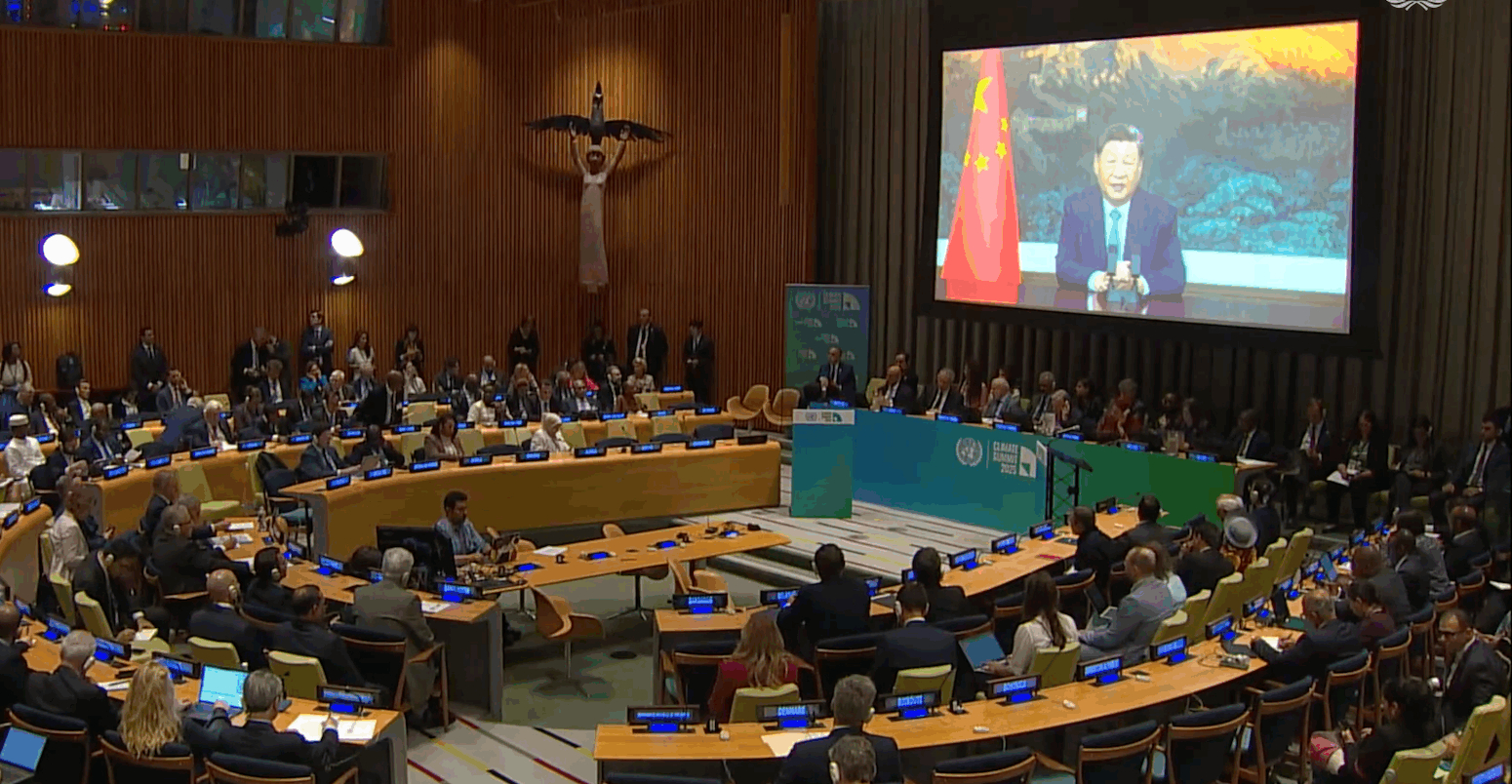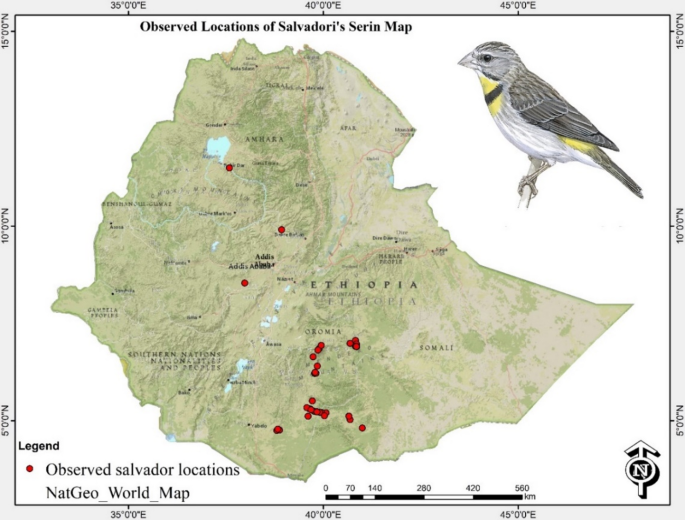Report on Climate Tipping Point and Coral Reef Decline: An SDG Perspective
1.0 Executive Summary
A recent analysis indicates that Earth has surpassed a significant climate tipping point, marked by the systemic, long-term decline of warm-water coral reef ecosystems. This environmental crisis has profound implications for the achievement of multiple Sustainable Development Goals (SDGs), threatening marine biodiversity, global food security, and the economic stability of millions of people in coastal communities. The primary drivers are record ocean temperatures and widespread bleaching events, underscoring a critical failure in global progress towards SDG 13 (Climate Action).
2.0 Key Findings
- Climate Tipping Point Breached: The persistent degradation of warm-water coral reefs is identified as the first major planetary tipping point to be crossed due to anthropogenic climate change.
- Primary Cause: Unprecedented ocean heat, a direct result of global warming, is causing mass coral bleaching events on a global scale, pushing these vital ecosystems towards collapse. This directly contravenes the objectives of SDG 13 (Climate Action).
- Scientific Consensus: While some scientific debate exists regarding the potential resilience of certain reef systems, the overwhelming consensus points to an imminent and widespread collapse without drastic and immediate climate intervention.
3.0 Implications for Sustainable Development Goals (SDGs)
The decline of coral reefs is not an isolated environmental issue; it represents a significant setback for the 2030 Agenda for Sustainable Development. The impacts are cross-cutting and severe:
- SDG 14 (Life Below Water): The most direct impact is on this goal. The collapse of reef ecosystems constitutes a catastrophic loss of marine biodiversity and undermines all targets related to the conservation and sustainable use of marine resources.
- SDG 1 (No Poverty) & SDG 8 (Decent Work and Economic Growth): Millions of people in developing nations rely on coral reefs for their livelihoods through fishing and tourism. The degradation of reefs directly threatens these income sources, exacerbating poverty and jeopardizing local and national economic growth.
- SDG 2 (Zero Hunger): Coral reefs serve as critical nurseries for a significant portion of the world’s fisheries. Their decline imperils a vital source of protein and food security for hundreds of millions of people, particularly in coastal communities.
4.0 Conclusion and Outlook
The crossing of the coral reef tipping point is a clear signal that insufficient progress on SDG 13 (Climate Action) is actively undermining other core development goals. The continued loss of these ecosystems will create cascading negative impacts on poverty, hunger, and economic stability. A renewed and intensified global commitment to climate action is imperative to mitigate further damage, protect remaining marine ecosystems, and maintain the viability of the Sustainable Development Goals.
Analysis of Sustainable Development Goals in the Article
1. Which SDGs are addressed or connected to the issues highlighted in the article?
-
SDG 14: Life Below Water
This is the most direct SDG addressed. The article’s central theme is the “long-term decline” and potential “collapse” of “warm-water coral reefs,” which are critical marine ecosystems. The cause is identified as “record ocean heat and global bleaching events,” directly impacting life below water.
-
SDG 13: Climate Action
The article explicitly links the damage to coral reefs to climate change impacts. Phrases like “climate tipping point,” “record ocean heat,” and “global bleaching events” are direct consequences of a changing climate, making SDG 13 a core related goal.
-
SDG 1: No Poverty
The article states that the decline of coral reefs is “threatening millions of livelihoods.” The loss of these livelihoods, often in coastal communities dependent on reefs for fishing and tourism, can lead to an increase in poverty, connecting the environmental issue to SDG 1.
-
SDG 8: Decent Work and Economic Growth
Similar to the connection with SDG 1, the threat to “millions of livelihoods” is a direct threat to decent work and sustainable economic growth. Industries like tourism and fishing, which rely on healthy coral reef ecosystems, are jeopardized, impacting local and national economies.
2. What specific targets under those SDGs can be identified based on the article’s content?
-
Target 14.2
“By 2020, sustainably manage and protect marine and coastal ecosystems to avoid significant adverse impacts, including by strengthening their resilience…” The article’s discussion of coral reefs nearing “collapse” and the debate over their “resilience” directly relates to the failure to meet this target of protecting marine ecosystems.
-
Target 13.1
“Strengthen resilience and adaptive capacity to climate-related hazards and natural disasters in all countries.” The article highlights the vulnerability of a natural system (coral reefs) to a climate-related hazard (“record ocean heat”), indicating a lack of resilience in these ecosystems, which is a key concern of this target.
-
Target 1.5
“By 2030, build the resilience of the poor and those in vulnerable situations and reduce their exposure and vulnerability to climate-related extreme events and other economic, social and environmental shocks and disasters.” The “millions of livelihoods” threatened by the environmental shock of reef collapse belong to people in vulnerable situations whose resilience is being compromised.
3. Are there any indicators mentioned or implied in the article that can be used to measure progress towards the identified targets?
-
Implied Indicator for Target 14.2: Health and coverage of coral reefs
The article implies this indicator through phrases like “long-term decline,” “nearing collapse,” and “global bleaching events.” Progress would be measured by a reduction in bleaching events and an increase in healthy coral reef coverage.
-
Implied Indicator for Target 13.1: Ocean temperature
The article explicitly mentions “record ocean heat” as a primary driver of the problem. Therefore, measuring sea surface temperature anomalies serves as a direct indicator of the climate-related hazard affecting the reefs.
-
Implied Indicator for Targets 1.5 & 8: Number of people dependent on coral reefs for their livelihood
The article mentions that “millions of livelihoods” are threatened. A specific indicator would be tracking the number of jobs in fishing and tourism in reef-adjacent areas to measure the socio-economic impact of reef degradation.
4. Summary Table of SDGs, Targets, and Indicators
| SDGs | Targets | Indicators (Implied from the article) |
|---|---|---|
| SDG 14: Life Below Water | 14.2: Sustainably manage and protect marine and coastal ecosystems to avoid significant adverse impacts, including by strengthening their resilience. | The status of coral reefs (e.g., extent of “global bleaching events,” state of “long-term decline”). |
| SDG 13: Climate Action | 13.1: Strengthen resilience and adaptive capacity to climate-related hazards and natural disasters. | The level of ocean heat (mentioned as “record ocean heat”). |
| SDG 1: No Poverty & SDG 8: Decent Work and Economic Growth | 1.5: Build the resilience of the poor and reduce their vulnerability to environmental shocks. | The number of livelihoods affected (mentioned as “millions of livelihoods” being threatened). |
Source: downtoearth.org.in







